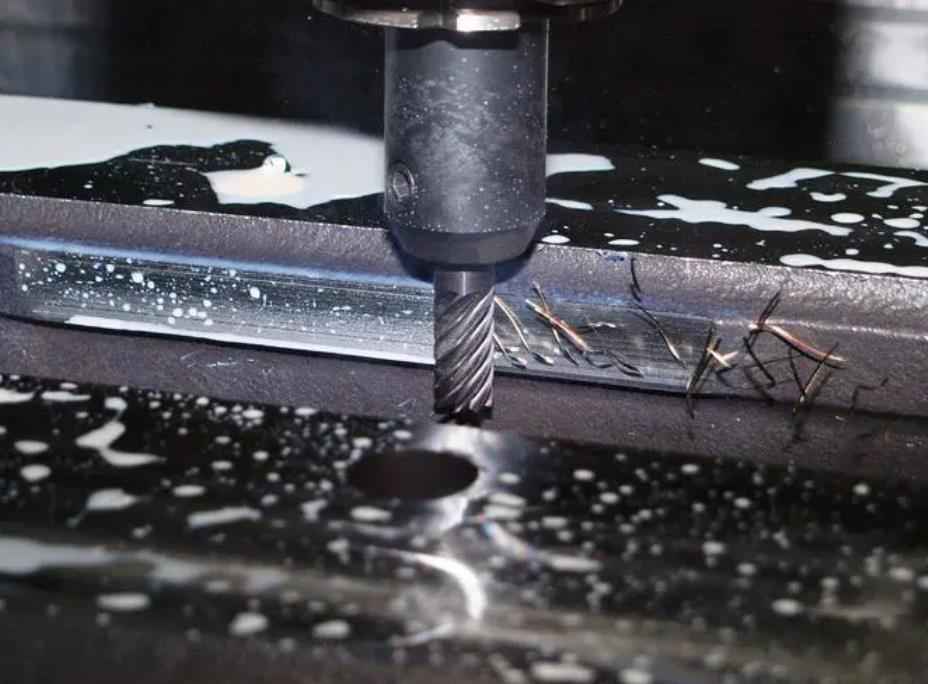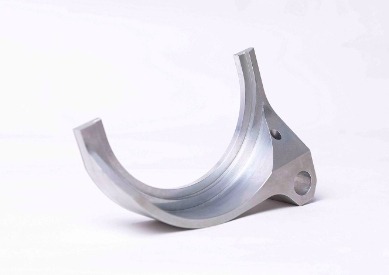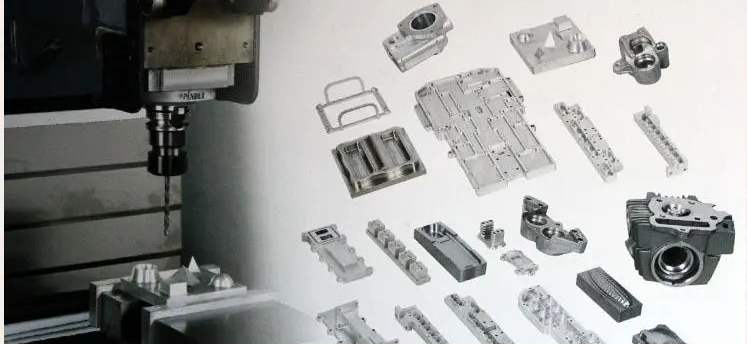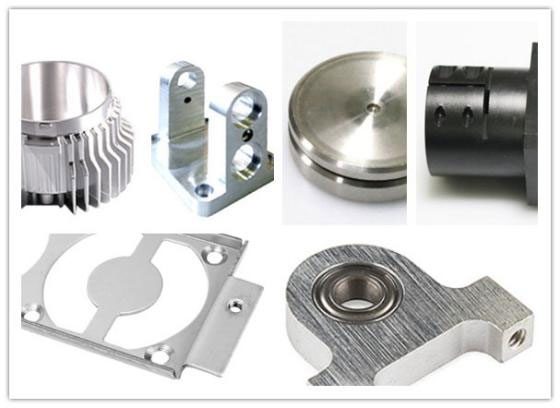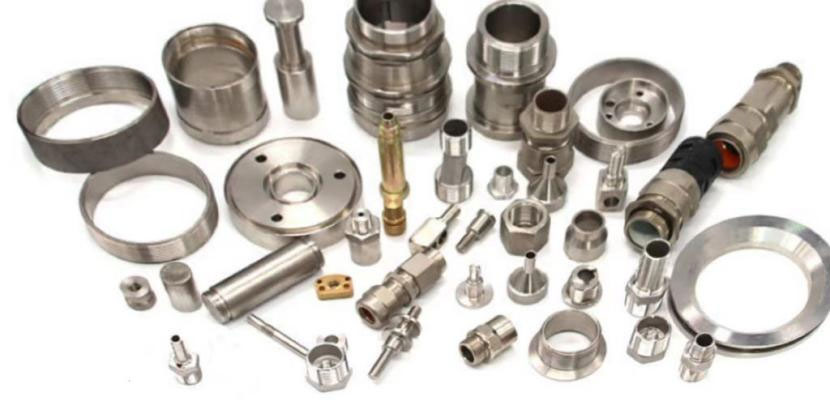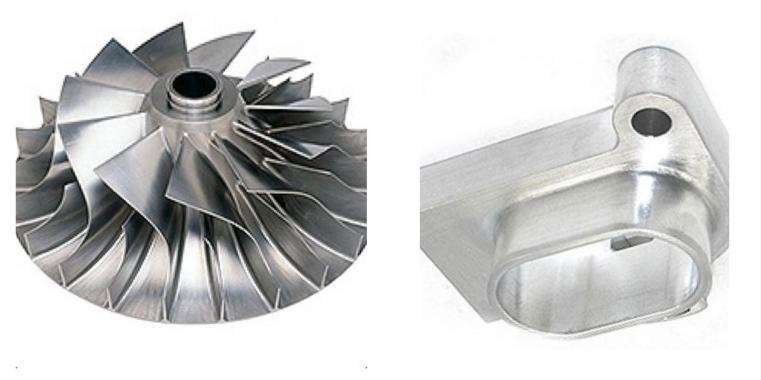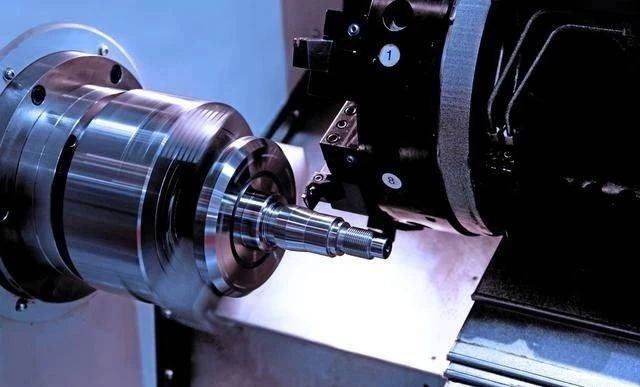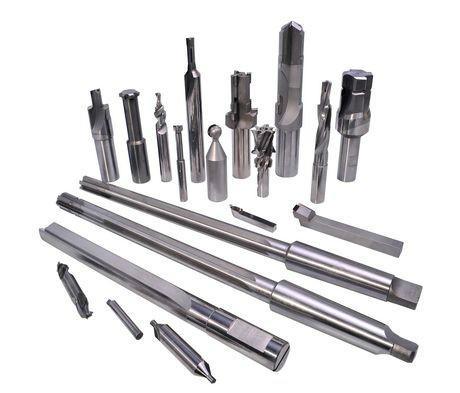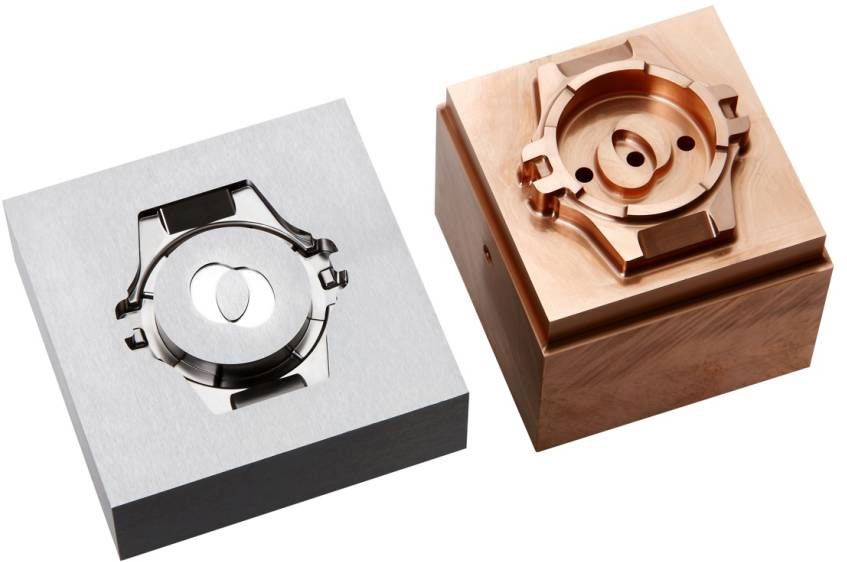In the automotive industry, precision engineering is the cornerstone of producing high-quality vehicles with optimal performance and safety. One of the most crucial processes that exemplify this precision is CNC milling, which revolutionizes the manufacturing of auto parts. CNC (Computer Numerical Control) milling is a state-of-the-art technique that utilizes computerized controls to precisely remove material from a workpiece and create intricate shapes with tight tolerances. This article explores how CNC milling has become an integral part of automotive excellence by enabling the production of precise, reliable, and high-performance auto parts.
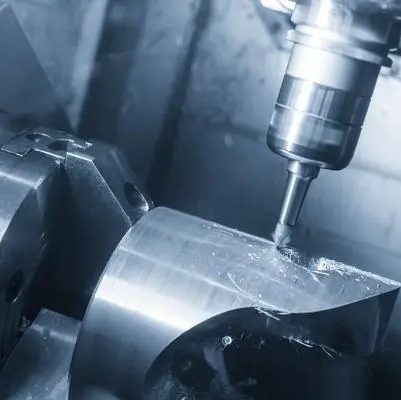
The Evolution of CNC Milling in Automotive Manufacturing
CNC milling has transformed the automotive manufacturing landscape, replacing conventional manual machining methods. In the past, producing auto parts involved laborious and time-consuming processes that often resulted in less consistent quality and higher costs. CNC milling, on the other hand, offers automation, repeatability, and efficiency, leading to improved productivity and enhanced component accuracy.
The Role of CNC Milling in Engine Components
- Cylinder Blocks: The heart of the engine
Precision machining for precise cylinder alignment and bore diameters
Creation of coolant passages and oil galleries for optimal engine cooling and lubrication
- Cylinder Heads: Enhancing engine performance
Accurate machining of combustion chambers and valve seats for efficient airflow
Ensuring proper sealing and compression within the engine
Transmission Components: Smooth Power Transfer
CNC milling is indispensable in the production of transmission components that contribute to smooth power transfer and seamless gear shifting.
- Gears: Precision machining for optimal performance
Accurate tooth profiles for smooth gear engagement
Reduced noise and increased efficiency in gear operations
- Shafts and Housings: Ensuring precise alignment and fit
Tight tolerances for reduced wear and improved transmission durability
Efficient power transfer between rotating components
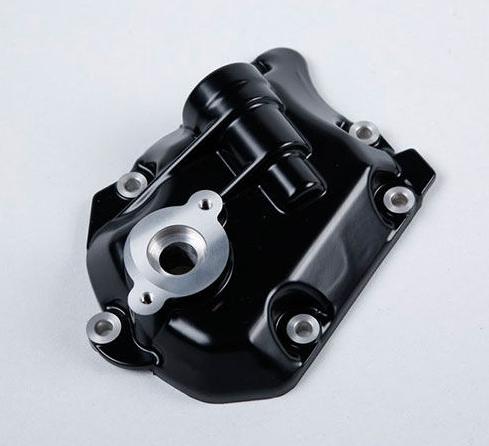
Chassis and Suspension Parts: Stability and Handling
CNC milling plays a vital role in manufacturing chassis and suspension parts that ensure stability, handling, and overall ride comfort.
- Brackets and Mounting Plates: Strengthening the chassis
Accurate attachment points for structural integrity
Enhanced safety and load distribution in the vehicle frame
- Control Arms and Bushings: Enhancing Ride Quality
Precise geometry for optimal suspension performance
Smoother ride and improved handling characteristics
Steering and Brake Components: Safety and Control
CNC milling is instrumental in creating steering and brake components that directly impact safety and control in vehicles.
- Steering Components: Precise machining for accurate control
Proper alignment for responsive and predictable steering
Ensuring safe maneuverability and driver confidence
- Brake Components: Ensuring reliable braking performance
Accurate machining for even pressure distribution on brake pads
Consistent stopping power and reduced braking distances

Exhaust and Intake Systems: Optimal Engine Performance
CNC milling is essential in fabricating exhaust and intake components that optimize engine performance.
- Exhaust Manifolds: Improving engine efficiency and emissions
Efficient exhaust pathways for reduced backpressure
Contributing to increased engine power and reduced emissions
- Intake Manifolds: Enhancing airflow and engine efficiency
Smooth intake pathways for improved combustion
Maximizing engine power and fuel efficiency
Advancements in CNC Milling Technology
Continual advancements in CNC milling technology further enhance its capabilities and potential impact on automotive manufacturing.
- Five-axis CNC Milling: Expanded machining possibilities
Creating complex shapes and geometries
Increased design flexibility and innovation in auto part production
- Hybrid Manufacturing Techniques: Combining additive and subtractive processes
Lighter and more efficient auto parts
Improved material utilization and reduced waste
- AI and Automation Integration: Streamlining production processes
Increased manufacturing efficiency and productivity
Enhanced quality control and reduced human errors
Conclusion
CNC milling has become the bedrock of precision engineering in the automotive industry, producing high-quality auto parts that contribute to automotive excellence. From engine components to transmission systems, chassis, and suspension parts, steering and brake components, as well as exhaust and intake systems, CNC milling plays an indispensable role in optimizing vehicle performance, safety, and overall driving experience. As technology continues to advance, CNC milling will continue to lead the way in achieving automotive excellence through precision engineering.


